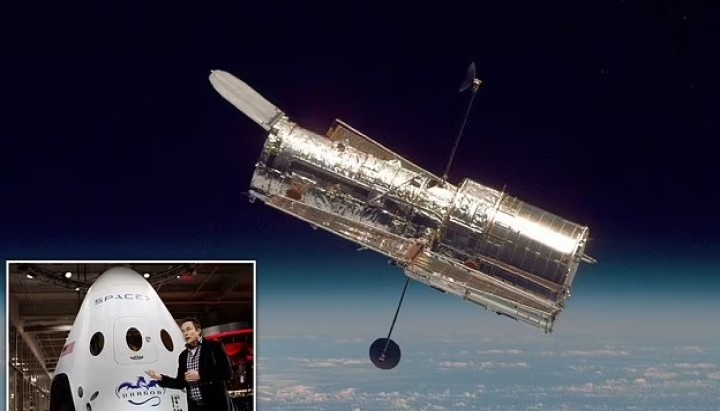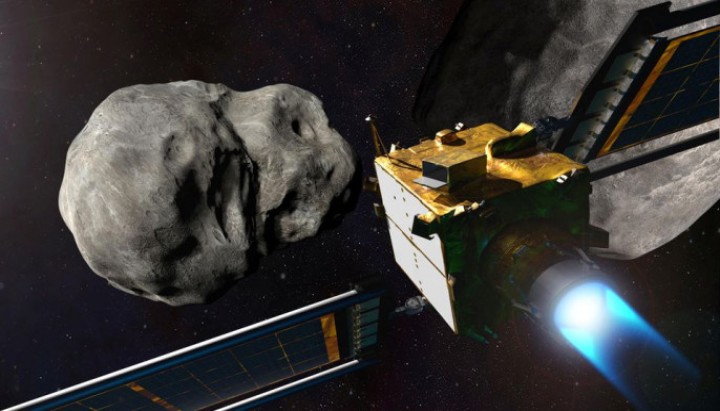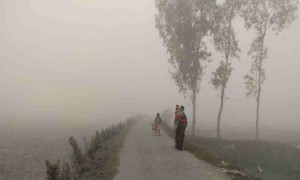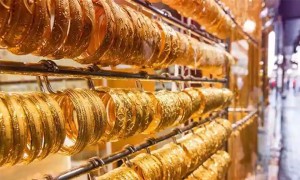NASA administrator Bill Nelson said Wednesday the agency will reveal the "deepest image of our Universe that has ever been taken" on July 12, thanks to the newly operational James Webb Space Telescope.
Read More...
A chunk of a SpaceX rocket that blasted off seven years ago and was abandoned in space after completing its mission will crash into the Moon in March, experts say.
The rocket was deployed in 2015 to put into orbit a NASA satellite called the Deep Space Climate Observatory (DSCOVR).
Read More...
NASA's James Webb Space Telescope, designed to give the world an unprecedented glimpse of infant galaxies in the early stages of the universe, arrived at its gravitational parking spot in orbit around the sun on Monday, nearly a million miles from Earth.
With a final five-minute, course-correcting thrust of its onboard rocket, Webb reached its destination at a position of gravitational equilibrium known as the second Sun-Earth Lagrange point, or L2, arriving one month after launch, NASA officials said.
Read More...
NASA on Wednesday embarked on a months-long, painstaking process of bringing its newly launched James Webb Space Telescope into focus, a task due for completion in time for the revolutionary eye in the sky to begin peering into the cosmos by early summer.
Mission control engineers at NASA's Goddard Space Flight Center in Greenbelt, Maryland, began by sending their initial commands to tiny motors called actuators that slowly position and fine-tune the telescope's principal mirror.
Read More...
A US man with terminal heart disease was implanted with a genetically modified pig heart in a first-of-its-kind surgery, and three days later the patient is doing well, his doctors reported on Monday.
The surgery, performed by a team at the University of Maryland Medicine, is among the first to demonstrate the feasibility of a pig-to-human heart transplant, a field made possible by new gene editing tools.
Read More...
Scientists have hailed one of the "greatest finds" in British paleontological history after the largest fossilised remains of a prehistoric "sea dragon" were discovered in the Midlands.
The ichthyosaur, approximately 180 million years old with a skeleton measuring around 10 metres in length and a skull weighing approximately one ton, is the largest and most complete fossil of its kind ever found in the UK.
Read More...
The James Webb Space Telescope has completed its two-week-long deployment phase, unfolding its huge, gold-plated, flower-shaped mirror panel as it readies to study every phase of cosmic history.
Engineering teams cheered back at the Space Telescope Science Institute in Baltimore, Maryland as NASA announced on Twitter that the final portion of the 6.5-meter (21-foot) mirror was deployed.
“I’m emotional about it – what an amazing milestone,” Thomas Zurbuchen, a senior NASA engineer, said during the live video feed on Saturday as stargazers worldwide celebrated.
Read More...
Peering into deep space and billions of years back in time, the James Webb telescope promises to offer the clearest glimpse yet of the Universe's cosmic dawn, when the earliest galaxies began to form.
The largest and most powerful telescope ever to be launched into space, which will take over from Hubble, will "directly observe a part of space and time never seen before", says NASA.
This is the Universe in its youth, just a few hundred million years after the Big Bang.
With "very lofty science goals in mind", Webb will look back 13.5 billion years to when the first galaxies evolved in the Universe, said Begonia Vila, instrument systems engineer at NASA's Goddard Space Flight Center in a briefing.
Read More...
‘Hurricane Lizards and Plastic Squid’ offers both good news and bad news
Hurricane Lizards and Plastic Squid
Thor Hanson
As a conservation biologist, Thor Hanson has seen firsthand the effects of climate change on plants and animals in the wild: the green macaws of Central America migrating along with their food sources, the brown bears of Alaska fattening up on early-ripening berry crops, the conifers of New England seeking refuge from vanishing habitats. And as an engaging author who has celebrated the wonders of nature in books about feathers, seeds, forests and bees (SN: 7/21/18, p. 28), he’s an ideal guide to a topic that might otherwise send readers down a well of despair.
Read More...
Tiny “living machines” made of frog cells can replicate themselves, making copies that can then go on to do the same. This newly described form of renewal offers insights into how to design biological machines that are self-perpetuating.
“This is an incredibly exciting breakthrough,” for the field of biologically based robotics, says Kirstin Petersen, an electrical and computer engineer at Cornell University who studies groups of robots. Robots that can copy themselves are an important step toward systems that don’t need humans to operate, she says.
Read More...






















